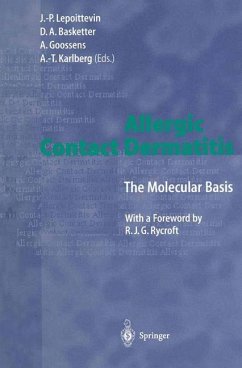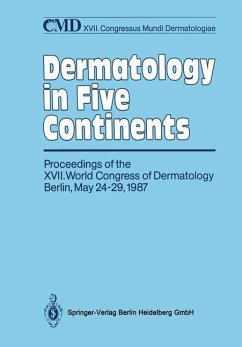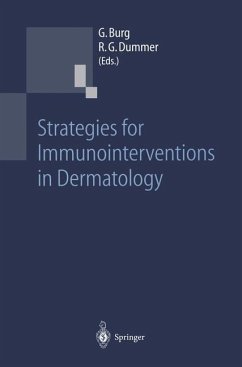
Fragrances
Beneficial and Adverse Effects
Herausgegeben: Frosch, Peter J.; Johansen, Jeanne D.; White, Ian R.;Mitarbeit: Möller, H.
Versandkostenfrei!
Versandfertig in 6-10 Tagen
76,99 €
inkl. MwSt.

PAYBACK Punkte
38 °P sammeln!
Aromas are an integral part of our civilised society. They are not only used in fine perfumes, but also in numerous other articles with which we have daily contact. Another new development has been the agricultural use of aromas as a "biological weapon" to combat insects and other pests. In the field of dermatology, aromas are today among the most frequent sensitizers and may trigger allergic contact eczemas. This volume presents numerous aspects of the topic for the first time in comprehensive form. In an introduction, the chemistry of frequently used aroma components is described, together w...
Aromas are an integral part of our civilised society. They are not only used in fine perfumes, but also in numerous other articles with which we have daily contact. Another new development has been the agricultural use of aromas as a "biological weapon" to combat insects and other pests. In the field of dermatology, aromas are today among the most frequent sensitizers and may trigger allergic contact eczemas. This volume presents numerous aspects of the topic for the first time in comprehensive form. In an introduction, the chemistry of frequently used aroma components is described, together with the art of perfume composition that has been refined over the centuries. In a chapter on neuropharmacology, the mechanisms of scent recognition are described in detail. Fragrances are an integral part of our society. They are used in fine perfumes and in numerous other articles with which we have daily contact. Psychologists have discovered that certain fragrance components of body odourare important in attraction to the opposite sex. Many animals communicate by giving off scents and this is the basis for the agricultural use of fragrances as biological weapons to combat insects and other pests. In the field of dermatology, fragrances are today among the most frequent sensitizers and may trigger allergic contact dermatitis. Dermatologists and fragrance manufacturers are therefore highly motivated to increase their safety for human use. This volume presents numerous aspects of the topic for the first time in comprehensive form. It provides detailed information on recent neuropharmacological and psychosocial findings, chemistry and identification of sensitizers by various assays, and skin absorption studies and environmental issues. International guidelines for manufacturers are provided and commented upon.












